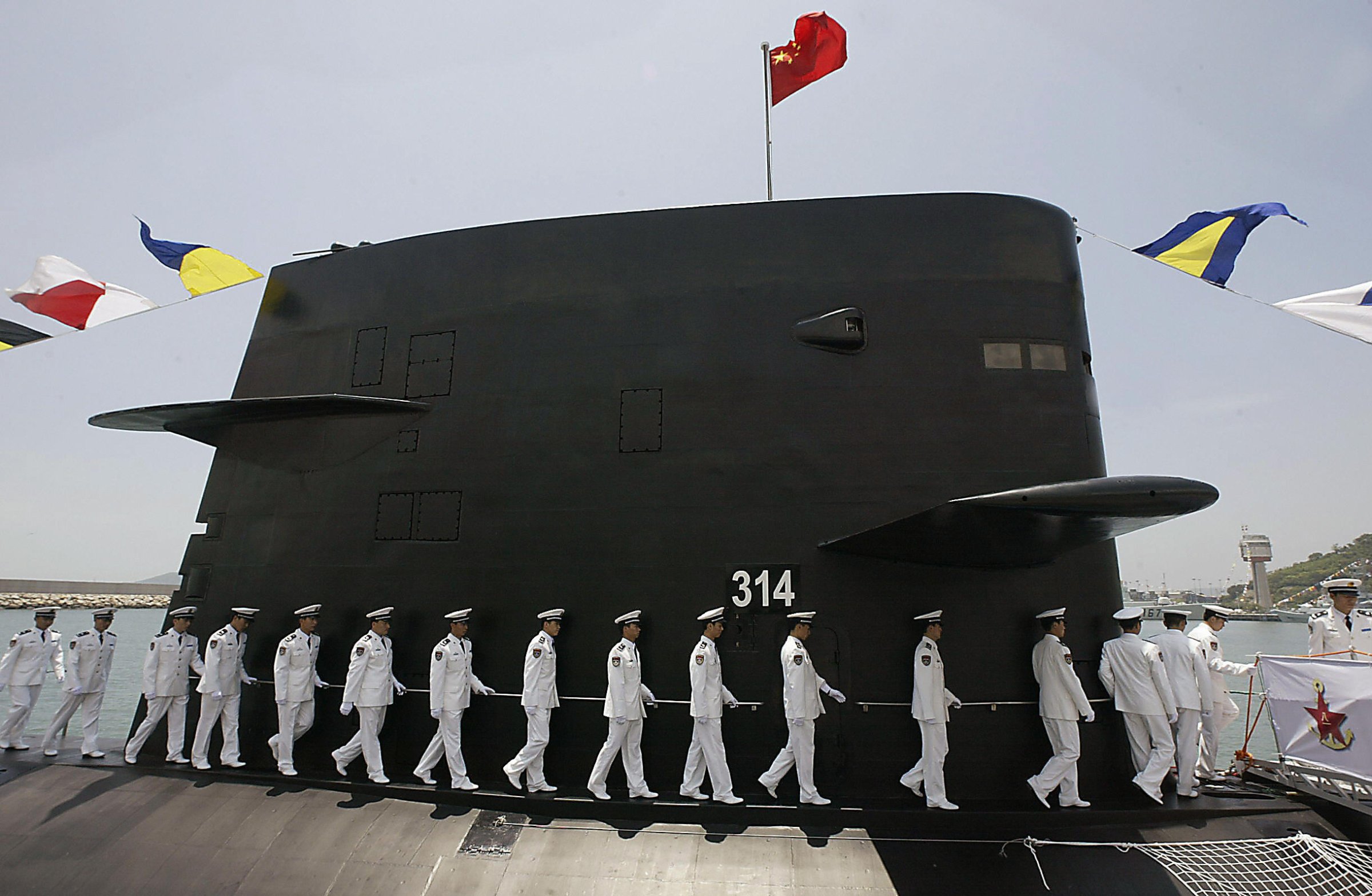
There are a whole lot of things that won’t be happening anytime soon. Pigs flying, for instance; that won’t happen. All of the raindrops becoming lemon drops and gumdrops; that won’t happen either. And despite what you have been reading practically everywhere today, no, China won’t be deploying a submarine capable of moving at 6,100 mph (9,800 k/h) and covering the distance from Shanghai to San Francisco in 100 minutes—at least not in anything remotely like the near future.
Let’s begin with the source of the story: engineer Li Fengchen, of the Harbin Institute of Technology, the project’s lead researcher. Mr. Li is surely an impeccably honest man and a very good engineer, but the Chinese government has not always covered itself in glory when it comes to candor and there’s no reason to believe they’d start with a program as sensitive as this.
“The idea that any Chinese research association would talk about its best ideas is ludicrous beyond words,” says physicist and naval weapons expert Norman Friedman, of the U.S. Naval Institute. “They simply don’t go public with this kind of project, though they do sometimes show off things that don’t exist.”
The bigger problem involves a couple of matters Friedman knows a thing or two about: physics and engineering. The technology that has caused all the buzz is something called supercavitation, and there’s nothing fanciful about it—it’s been around since the Cold War, though it’s been used only in torpedoes. Supercavitation involves agitating water in such a way that it forms a bubble of vapor completely surrounding the moving body, dramatically reducing friction, and dramatically increasing speed. Traditional propellors can’t be used to generate that speed, since they have to touch the water and all any part of the sub or torpedo touches is vapor. Instead, rocket engines provide the push, relying on the same action-reaction principle rockets use in space.
“It’s not a friction-free ride,” says Friedman, “but you do get some distance out of it and it can move at high speeds.”
But how much distance and how high a speed? There, it turns out, is the rub. The best-known supercavitating torpedo, the Russian Shkval—or squall—achieves a speed of around 200 knots (230 mph), according to Friedman, but it’s a short-range weapon, able to sprint only about 10,000 yards, since it must be stuffed with enough hardware both to churn water to vapor and run the rocket engines and still have enough room left over for an explosive charge. With all that, it can carry only a limited amount of fuel.
A submarine, Friedman estimates, could possibly stretch the range to 40 mi. (64 km). But as for somehow increasing the speed from 230 mph to 6,100 mph? Even the Chinese spokesfolks who are talking so freely don’t pretend to have an answer for that one.
Finally, there’s the problem of trying to point the sub where you want it to go. For both surface vessels and submersibles, that job is achieved by turning a rudder against the water, but poke a rudder into the water of a supercavitating vessel and you pop the bubble that surrounds the ship—not to mention snapping the rudder completely off when it suddenly encounters resistance. “Steering,” Friedman says, “wouldn’t be any fun.”
None of this is to suggest that these problems won’t be solved some day. But that’s true of almost any technical challenge you can name. Despite what China is saying, the submarine’s some day isn’t a soon day.
More Must-Reads from TIME
- Donald Trump Is TIME's 2024 Person of the Year
- Why We Chose Trump as Person of the Year
- Is Intermittent Fasting Good or Bad for You?
- The 100 Must-Read Books of 2024
- The 20 Best Christmas TV Episodes
- Column: If Optimism Feels Ridiculous Now, Try Hope
- The Future of Climate Action Is Trade Policy
- Merle Bombardieri Is Helping People Make the Baby Decision
Write to Jeffrey Kluger at jeffrey.kluger@time.com